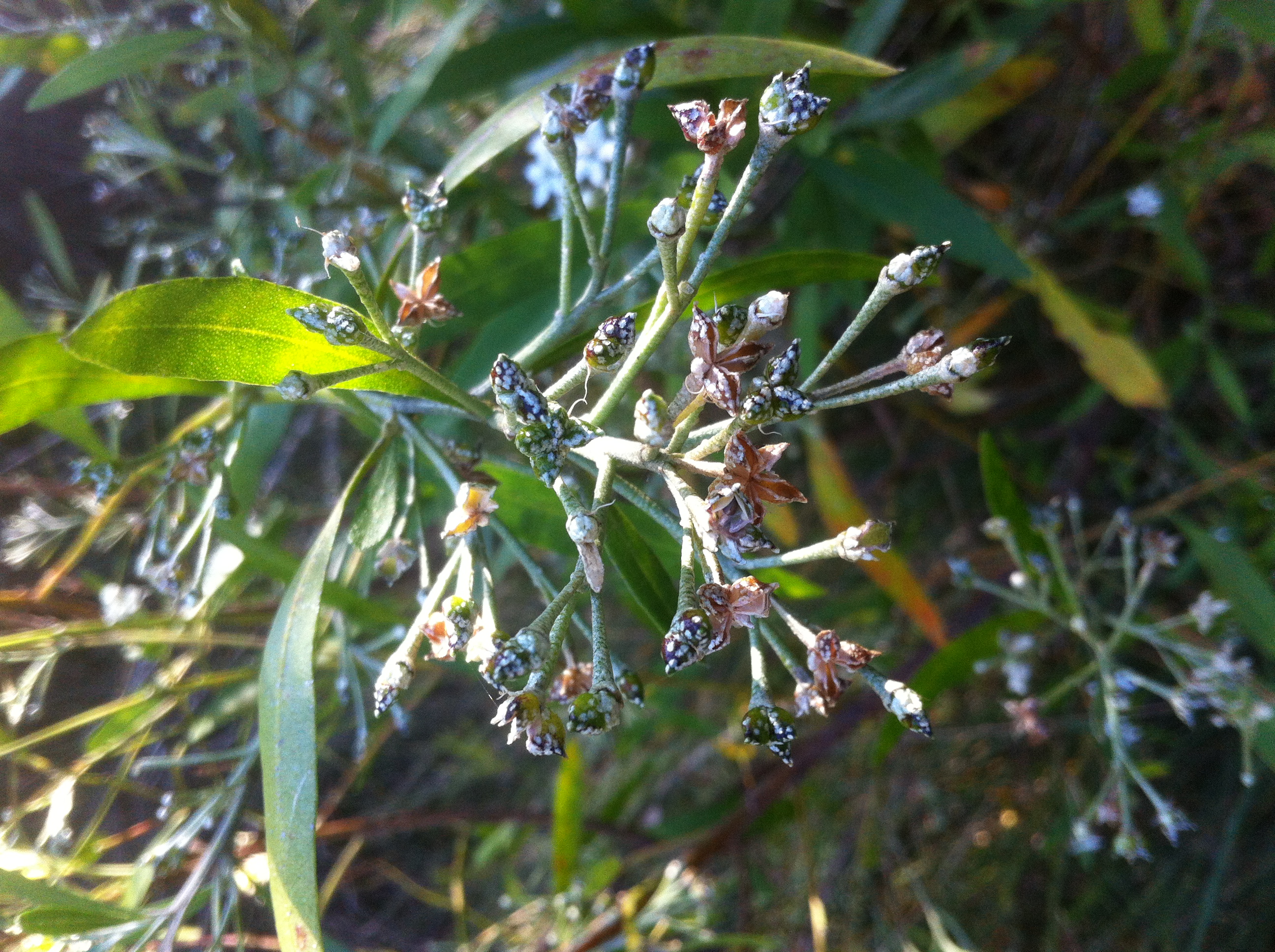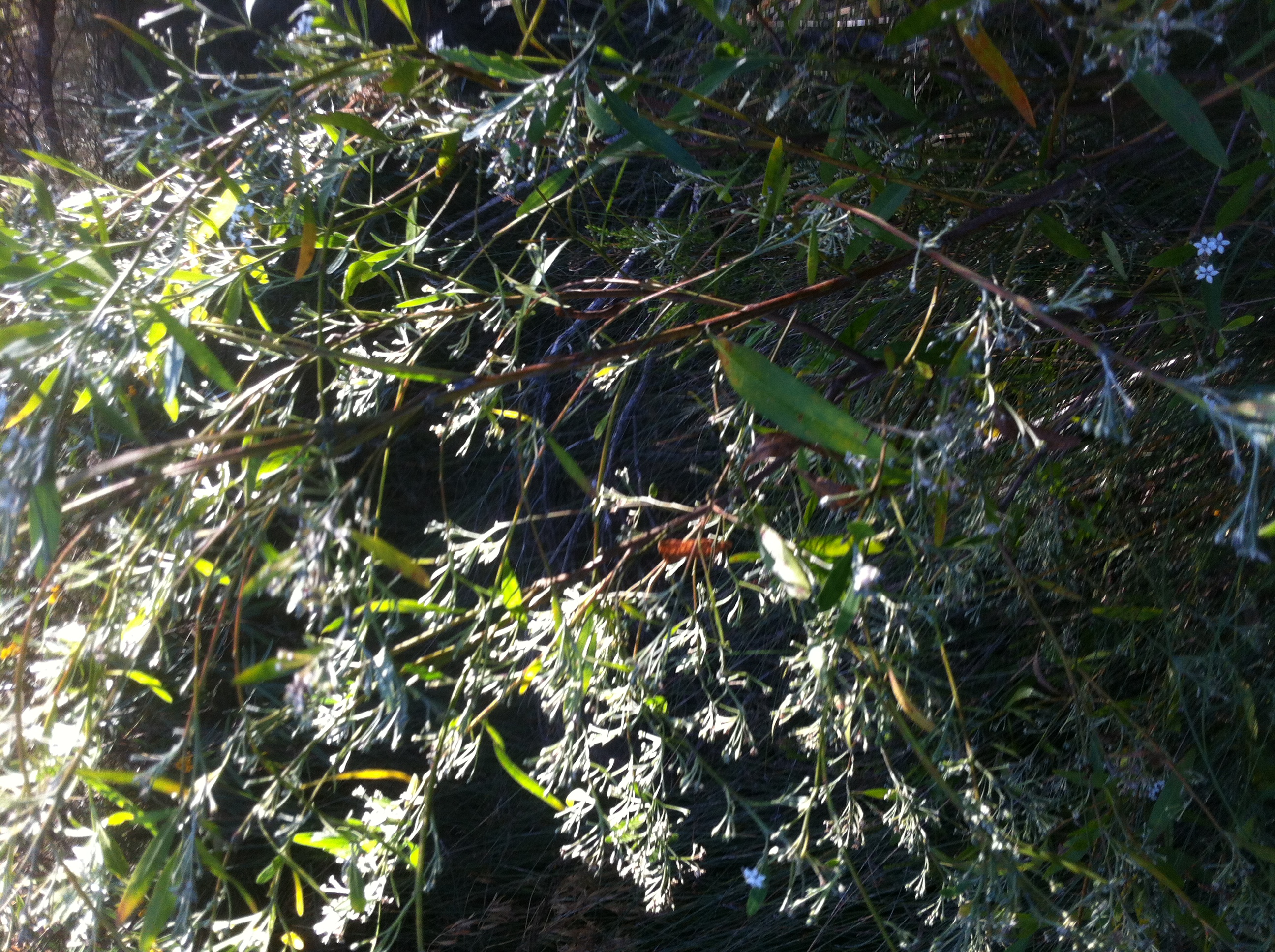Rhadinothamnus Anceps on:
[Wikipedia]
[Google]
[Amazon]

 ''Rhadinothamnus anceps'', commonly known as blister bush, is a shrub belonging to the genus of ''
''Rhadinothamnus anceps'', commonly known as blister bush, is a shrub belonging to the genus of ''

 ''Rhadinothamnus anceps'', commonly known as blister bush, is a shrub belonging to the genus of ''
''Rhadinothamnus anceps'', commonly known as blister bush, is a shrub belonging to the genus of ''Rhadinothamnus
''Rhadinothamnus'' is a small genus of shrubs in the family Rutaceae
The Rutaceae is a family, commonly known as the rueperennial shrub typically grows to a height of and has angular branchlets with silver scales present on young growth. The leaves are alternate, a papery silvery pale green colour on short petioles. The leaf blade is a narrow elliptic shape with a length of and a width of .
The leaves release a strong
mango
A mango is an edible stone fruit produced by the tropical tree ''Mangifera indica''. It is believed to have originated in the region between northwestern Myanmar, Bangladesh, and northeastern India. ''M. indica'' has been cultivated in South a ...
smell when crushed. The leaves must be handled carefully as they can cause blisters if they contact the skin.
It blooms between August and December producing white flowers. The flowers are supported on pedicels
In botany, a pedicel is a stem that attaches a single flower to the inflorescence. Such inflorescences are described as ''pedicellate''.
Description
Pedicel refers to a structure connecting a single flower to its inflorescence. In the absenc ...
in cymes at the terminus of branches and in the leaf axils. The flowers have a Calyx - hemispherical calyx
Calyx or calyce (plural "calyces"), from the Latin ''calix'' which itself comes from the Ancient Greek ''κάλυξ'' (''kálux'') meaning "husk" or "pod", may refer to:
Biology
* Calyx (anatomy), collective name for several cup-like structures ...
that is long that has five triangle shaped lobed and is a silver colour. There are five free white petals with a broadly oval shape and a length of . The later form fruit with five smooth sections that are shortly beaked having a length of containing flat oval seeds.
Distribution
The shrub is found along creeks and swamp areas in areas along the coast in theSwan Coastal Plain
The Swan Coastal Plain in Western Australia is the geographic feature which contains the Swan River as it travels west to the Indian Ocean. The coastal plain continues well beyond the boundaries of the Swan River and its tributaries, as a geol ...
, Peel, South West
The points of the compass are a set of horizontal, radially arrayed compass directions (or azimuths) used in navigation and cartography. A compass rose is primarily composed of four cardinal directions—north, east, south, and west—each sepa ...
and Great Southern regions of Western Australia from between Yanchep to just east of Albany where it grows well in black peaty sandy soils.
It is spread over the Esperance Plains, Jarrah Forest, Swan Coastal Plain
The Swan Coastal Plain in Western Australia is the geographic feature which contains the Swan River as it travels west to the Indian Ocean. The coastal plain continues well beyond the boundaries of the Swan River and its tributaries, as a geol ...
and Warren
A warren is a network of wild rodent or lagomorph, typically rabbit burrows. Domestic warrens are artificial, enclosed establishment of animal husbandry dedicated to the raising of rabbits for meat and fur. The term evolved from the medieval Angl ...
IBRA
The Interim Biogeographic Regionalisation for Australia (IBRA) is a biogeographic regionalisation of Australia developed by the Australian government's Department of Sustainability, Environment, Water, Population, and Communities. It was devel ...
regions.
Classification
The species was first described as ''Phebalium anceps'' by the botanist Augustin Pyramus de Candolle in 1824 in the work '' Prodromus Systematis Naturalis Regni Vegetabilis''. In 1825 it was reclassified as ''Eriostemon anceps'' by Kurt Polycarp Joachim Sprengel in ''Systema Vegetabilium
''Systema Vegetabilium'' (abbreviated as Syst. Veg.) is a book published in four editions, following twelve earlier editions known as '' Systema Naturae''. The first edition, published in 1774 and edited by Johan Andreas Murray is counted as editi ...
''. Paul G. Wilson reclassified the plant into its current genera as ''R. anceps'' in the article ''New species and nomenclatural changes in Phebalium and related genera (Rutaceae)'' in the journal Nuytsia published in 1998.
References
{{Taxonbar, from=Q15394836 Zanthoxyloideae Flora of Western Australia Plants described in 1824 Taxa named by Augustin Pyramus de Candolle